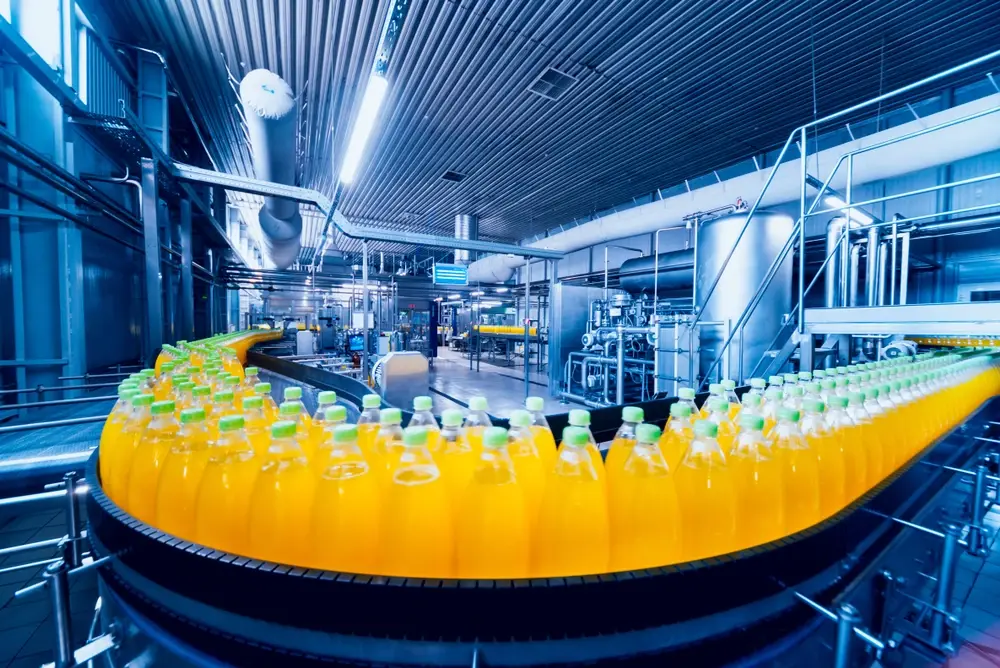The Benefit of Implemented Integrated Process Systems
Have you ever wondered how to make every part of your manufacturing process work flawlessly? With Integrated Process Systems (IPS), we're talking...

Access MXD Process resources including blogs, technical guides, manuals, and maintenance tips—everything you need to optimize, troubleshoot, and expand your process knowledge.
Discover who we are, the industries we serve, and the trusted brands behind our process equipment and environmental solutions. Learn how our team brings precision, innovation, and reliability to every project.
2 min read
MXD Process May 3, 2024 10:13:29 AM
AI is changing the way we manufacture in nearly every industry. It’s helping us work more efficiently and reduce human error – but it comes with an expense.
With the rise of artificial intelligence in process engineering, it’s essential to know the ins and outs of it, the applications, and the challenges you may face with implementation.
Before getting into AI in process engineering, what is process engineering?
Process engineering focuses on designing, controlling, and optimizing processes. The primary goal is to convert raw materials into valuable products efficiently, safely, and economically while minimizing waste and environmental impact.
Artificial intelligence in process engineering is meant to expedite and improve the design, optimization, and control of industrial processes. AI leverages data-driven algorithms, machine learning models, and other computational methods to improve production.
There are three common applications of artificial intelligence in process engineering:
AI models can predict equipment malfunctions before they even occur. This is essential for reducing unplanned downtime and associated costs.
Additionally, by applying machine learning techniques, such as regression analysis, classification, and anomaly detection, these models can identify patterns and signs that indicate potential failures or diminished performance.
One of the main goals of artificial intelligence in process engineering is to
enhance the efficiency of manufacturing processes by optimizing key process parameters.AI algorithms sort through datasets and analyze variables such as temperature, pressure, flow rates, and chemical concentrations. Then, AI models can use this information to find optimization opportunities that might not be evident to human operators and adjust settings in real time to achieve optimal performance.
Quality control is a critical part of any manufacturing process. Instead of relying on humans analyzing products for quality control with the risk of error, AI systems offer continuous, real-time monitoring and analysis of product quality.
By using a combination of sensors and data analytics, AI systems can detect deviations from established quality standards as soon as they occur. This allows for quick interventions, reducing the production of defective products.
Although there are several ways to use artificial intelligence in process engineering, there are also downsides and challenges you may face when implementing AI, including:
AI systems require high-quality, accurate data for effective decision-making. Unfortunately, when it comes to process engineering, data might be incomplete or inconsistent due to several factors. This can lead to incorrect predictions by AI and potentially compromise safety and efficiency.
Additionally, if your legacy systems aren’t designed to work with modern AI technologies, it may be challenging to integrate AI within your current processes. Unfortunately, this difficulty can lead to increased downtime and higher operational costs.
It’s no secret that implementing AI technologies can be an investment. This initial cost can include hardware, software, and implementation services which can be significant. While the high costs can deter many manufacturers, the investment is typically worth it in the end.
Another economic barrier that may be faced is the need for ongoing maintenance. AI systems require continuous monitoring, updating, and maintenance to stay effective. Without it, the performance of AI can degrade and negate the benefits of initial implementation.
AI demands a highly skilled workforce in both AI technology and process engineering. If there’s a shortage of skilled personnel, it can slow down AI adoption and integration.
It’s essential to invest in training and development programs to upskill existing staff. Unfortunately, existing employees may not be receptive to change which can cause issues in the workplace environment.
With the continuous rise in AI in manufacturing, it’s important to stay up to date with the latest in technology. While it has its benefits, it also comes with some challenges.
If you’re looking to start the AI implementation process, consulting with an experienced consultant in both AI and process engineering is critical.
Have you ever wondered how to make every part of your manufacturing process work flawlessly? With Integrated Process Systems (IPS), we're talking...
Demand for fast production and quick time to market is higher than ever. However, the product must also be flawless and error-free – the solution –...

In today's fast-paced world, process automation drives efficiency and scalability, especially for small businesses. However, adopting automation can...